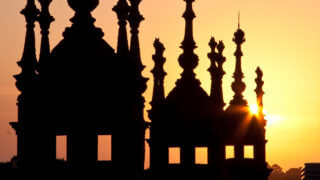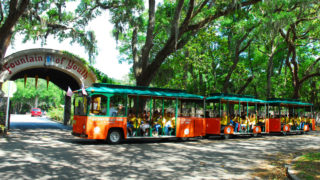Lightner Museum
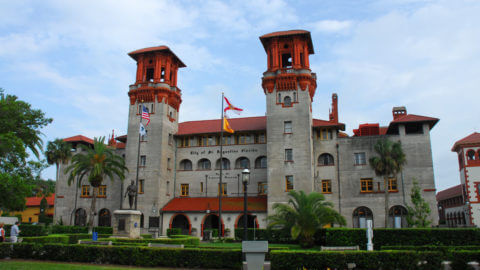
Elegance and history, grace and sophistication all come together in the glorious rooms, walkways and exhibits at the Lightner Museum. Originally The Hotel Alcazar, the building was built by railroad tycoon and hotel developer Henry Flagler and is a magnificent example of Spanish Renaissance architecture. Browse through costumes, furnishings, mechanical musical instruments and collections that bring back the grand Gilded Age, a marvelous period in the 19th century. See beautiful works of cut glass, Victorian art glass and the celebrated work of Louis Comfort Tiffany. Tour the museum and take a historical journey that will not soon be forgotten.
Visiting St. Augustine
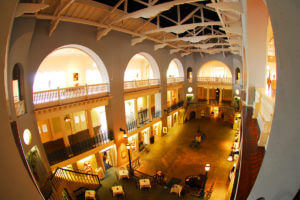
In 1946, Otto Lightner moved to St. Augustine to recover from an illness. He stayed at the Ponce de Leon Hotel, which was across the street from the then-defunct Hotel Alcazar that had closed its doors 15 years earlier. Like the Ponce de Leon, the Spanish Renaissance Revival-style Alcazar Hotel was constructed by Henry Flagler as part of his dream to turn St. Augustine into a southern Riviera. Completed in 1888, the former hotel was designed by Carrere and Hasting, who are also renowned for the Beaux-Arts style New York Public Library. During the peak of its popularity, the hotel entertained more than 25,000 guests. Amenities included a grand three-story ballroom, sulfur baths, a steam room and an indoor pool, which was the largest at the time. The grounds featured an open courtyard with palm trees and a stone arch bridge spanning the fishpond.
Lightner was a Chicago-area newspaper editor and publisher who made his fortune by rescuing financially struggling publications, which he turned into profitable ventures. During the Depression, he retained his wealth as the owner and publisher of Hobbies magazine, one of the country’s first publications dedicated to antiques and collectibles. He believed that everyone should collect something. As a result, when wealthy Chicagoans began to sell off their art collections in the 1930s to pay back taxes, Lightner began collecting all or portions of their holdings. He purchased several large homes and estates in and around Chicago to house his growing collection.
Lightner purchased the former Alcazar Hotel in 1947 and donated it to the City of St. Augustine as a permanent home for his extensive art collection, which he relocated from Chicago the following year. The museum opened to the public in 1948 after the hotel was purchased by Otto Lightner to house his collections.
The Collection
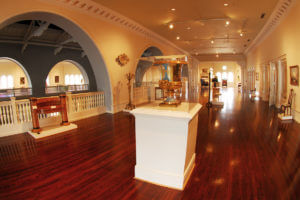
Restored to its former glory, the building transports guests back in time. The second floor is home to stained glass pieces by Louis Comfort Tiffany and examples of Victorian art glass. The third floor features a variety of sculptures, paintings and furniture, including an elaborate decorative desk designed for Louis Bonaparte, the brother of Napoleon. The Ballroom Gallery houses several oil paintings from around the world. The more than 20,000-piece collection also includes toys, house wares, watches and candleholders, human hair art, cigar labels, buttons, salt and pepper shakers, cut glass, porcelain, as well as large-scale and miniature figurines.
The building was added to the National Register of Historic Places in 1971.
Special Exhibits
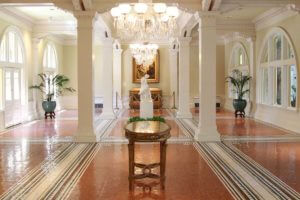
Museum Information
Located at 75 King Street in the heart of the city’s historic downtown, the museum is open from 9 a.m. to 5 p.m. daily, except Christmas Day. The museum sponsors antique musical performances at 11 a.m. and 2 p.m. each day. Adult and children’s guided tours require a reservation. Docents provide insight into Lightner, the hotel and the museum’s collection. In addition to a scavenger hunt in the Science and Industry Room situated on the museum’s first floor, children will also enjoy the many touchable items throughout the collection.
ADDRESS, PHONE, AND MORE INFO:
- Address: 75 King St.
- Phone: (904) 824-2874
- Website: www.lightnermuseum.org
Nearby Attractions
 Villa Zorayda Museum
Villa Zorayda Museum
The Villa Zorayda Museum is a historic home at 83 King Street that was inspired by Granada’s 12th-century Moorish Alhambra Palace. Built in 1883 by Boston millionaire Franklin Smith, the residence features various Egyptian and Middle Eastern antiques and works of art.
 Government House
Government House
Located adjacent to the Plaza de la Constitucion, the Government House served as the official residence of the colonial governor from 1740 until 1821. It has also served as a military hospital, courthouse, post office and customs house. There is a local history museum on the first floor.
 Flagler College
Flagler College
Now the crown jewel of Flagler College, the former Ponce de Leon Hotel was completed in 1888. Carrere and Hastings used the same dramatic Spanish Revival style as they had for the Alcazar Hotel. The interior features murals by George Maynard and architectural details credited to Louis Comfort Tiffany.
 Ximenez-Fatio House
Ximenez-Fatio House
The Ximenez-Fatio House is one of the country’s most authentic and best-preserved examples of Second Spanish Period residential architecture. Located in the center of Old Town and furnished with period pieces such as a boarding house, it chronicles Florida’s first tourism boom beginning in the 1820s.
FAQs
What is inside the Lightner Museum?
The Lightner Museum in St. Augustine, Florida, is a treasure trove of fine and decorative 19th-century art. Housed in the former Alcazar Hotel, the museum’s collections include stunning examples of cut glass, Victorian art glass, costumes, mechanical musical instruments, and exotic artifacts. Each room offers a glimpse into the Gilded Age’s luxurious lifestyle, with exhibitions artfully arranged over four floors. A visit here provides a unique window into America’s opulent past.
How long does it take to go through the Lightner Museum St. Augustine?
Typically, visitors spend 1-2 hours exploring the Lightner Museum’s four floors, immersing in the Gilded Age art and artifacts.
Who built the Lightner museum?
The Lightner Museum, an emblem of cultural heritage in St. Augustine, was built by Henry M. Flagler in 1888.
Where is the Lightner Museum?
The Lightner Museum is located in St. Augustine, Florida. It is housed in the historic Hotel Alcazar building in downtown St. Augustine.

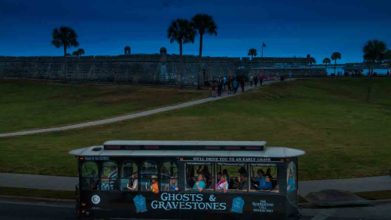
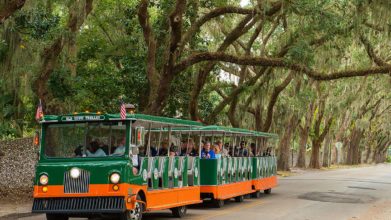
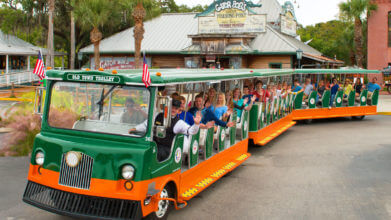

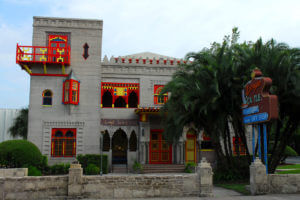 Villa Zorayda Museum
Villa Zorayda Museum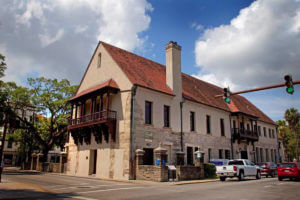 Government House
Government House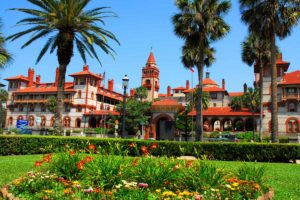 Flagler College
Flagler College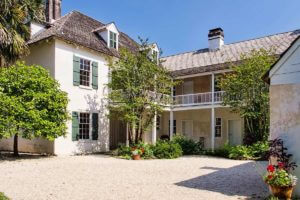 Ximenez-Fatio House
Ximenez-Fatio House